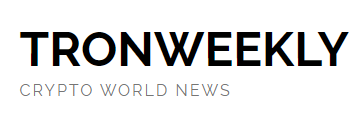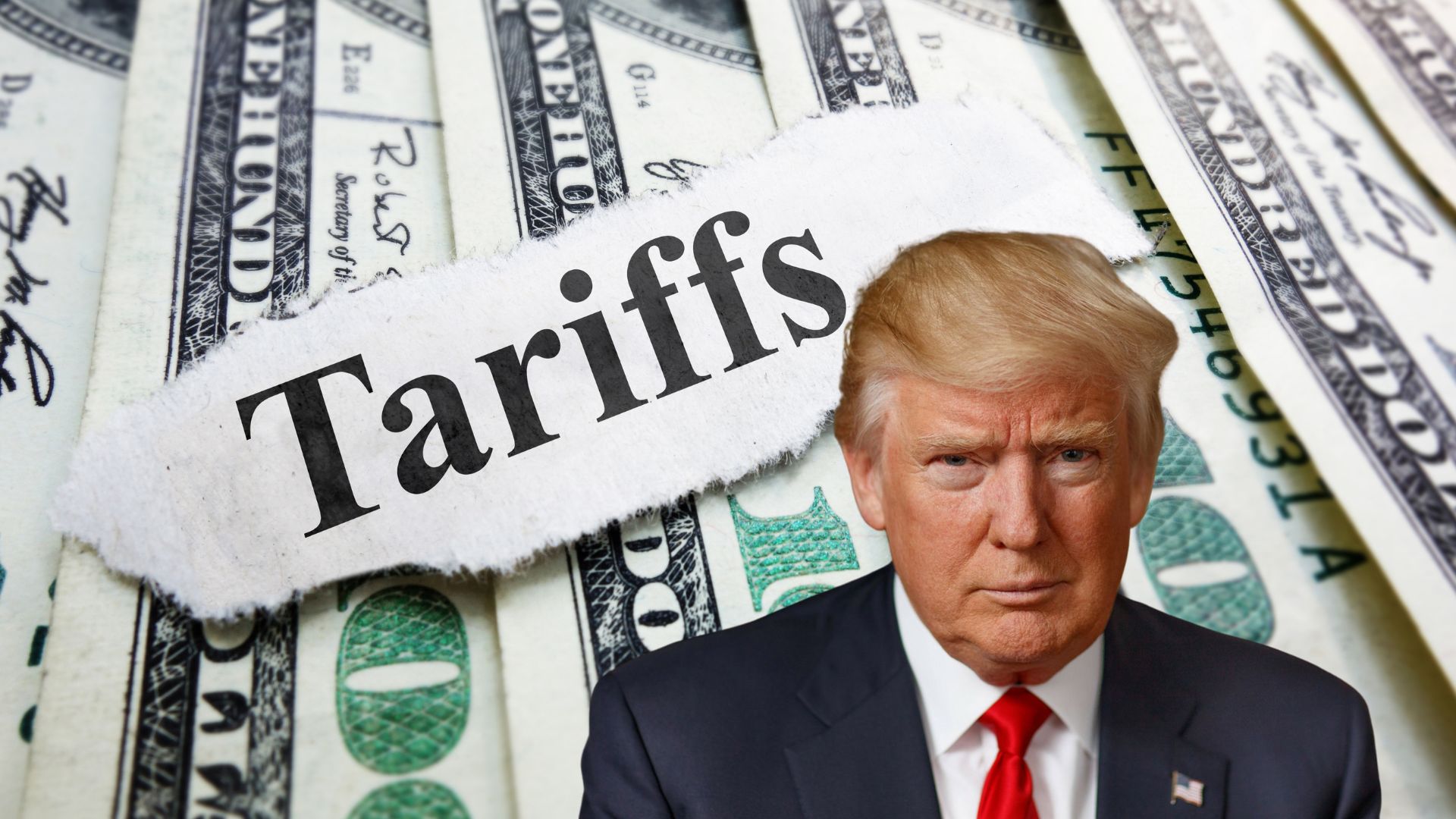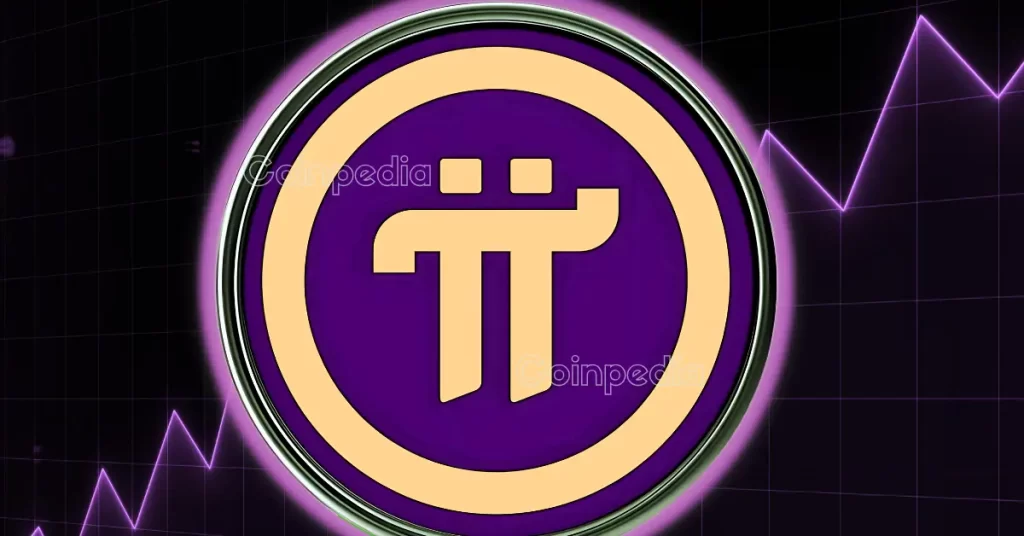- The crypto market plunged after Trump’s national emergency declaration and sweeping tariffs, with Bitcoin dropping to $82,876 and Ethereum falling over 6%.
- Despite an initial rally, panic selling ensued as the full tariff scope was revealed, resulting in a 5.3% drop in the total crypto market cap.
- The S&P 500 saw a $2 trillion loss, amplifying market uncertainty, with Bitcoin and Ethereum showing some recovery afterward.
The cryptocurrency market tumbled following former U.S. President Donald Trump’s declaration of a national emergency and the imposition of sweeping tariffs on all countries. The decision, part of his ongoing trade war strategy, sent shockwaves through global markets, triggering a sharp decline in digital assets.
On April 2, Trump announced a 10% tariff on all countries, effective April 5. Some nations, however, were hit even harder China faces a 34% tariff, the European Union 20%, and Japan 24%. Speaking from the White House Rose Garden, Trump justified the move, claiming that the U.S. was simply charging other countries “approximately half of what they are and have been charging us.”
Initially, the crypto market saw a brief rally following the 10% tariff announcement. However, as the full scope of the policy emerged, panic selling took over, leading to a market-wide decline.
Bitcoin (BTC), which had been staging a rally, briefly surged to a session high of $88,500 but quickly lost momentum, falling 2.6% to $82,876. Meanwhile, Ethereum (ETH) suffered an even sharper drop of over 6%, falling from $1,934 to $1,797, according to CoinGecko data. The total crypto market cap shrank by 5.3% to $2.7 trillion.
The Crypto Fear & Greed Index plunged to 25, signaling “extreme fear,” as uncertainty gripped investors.

Crypto Markets Stabilize as S&P 500 Loses $2 Trillion
Traditional markets weren’t spared either. The S&P 500 shed more than $2 trillion in market capitalization—averaging a staggering $125 billion in losses per minute, according to financial research firm The Kobeissi Letter.
This clip will go down in history:
At 4:25 PM ET, S&P 500 futures were trading +1.7% higher.
At 4:26 PM ET, Howard Lutnick handed a poster outlining "reciprocal tariffs" to President Trump.
Stock market futures fell REAL-TIME as Trump read off tariffs name by name.
By 4:42 PM… https://t.co/8vehJNDgBn pic.twitter.com/odOkvY5ubD
Despite the initial shock, crypto prices have attempted to stabilize. Bitcoin recovered 0.8% to reach $83,205, while Ethereum clawed back 1.2%, trading at $1,810.
Rachael Lucas, a crypto analyst at BTC Markets, described the market’s reaction as a classic case of “uncertainty relief” followed by a rapid sell-off once details became clear.
“Trading volume on BTC markets surged 46% as local traders scrambled to reposition,” Lucas said. “Big players took profits on the spike, while smaller investors hesitated.”
She warned that if China or the EU retaliate with counter-tariffs, another wave of panic selling could follow.
Crypto Investors Eye U.S. Tariff Reactions
U.S. Treasury Secretary Scott Bessent urged America’s trading partners to avoid retaliatory measures, stating in an interview with Bloomberg that the announced tariffs represent the “high end of the number” and could act as a cap if countries refrain from escalating the trade war.
Meanwhile, David Hernandez, a crypto investment specialist at 21Shares, said that the announcement, despite its initial shock, could ultimately benefit the market by reducing uncertainty.
“Although the tariff rates were slightly higher than expectations, the announcement provided much-needed clarity on the scope and scale of the policy,” Hernandez explained.
Hernandez believes that institutional investors may see this dip as a buying opportunity, particularly if global responses remain measured. He noted that markets thrive on certainty, and with speculation now removed, compressed valuations could attract fresh capital inflows.
All eyes are now on how the global economy reacts. Countries such as Mexico, China, South Korea, and Japan are reportedly evaluating countermeasures, which could determine the next phase of volatility in crypto markets.
For now, investors remain on edge, watching closely as geopolitical tensions and economic policies continue to shape the future of the digital asset space.
Related | Ripple Launches RLUSD Stablecoin on Kraken, XRP Price Dips

 19 hours ago
11
19 hours ago
11









 English (US) ·
English (US) ·